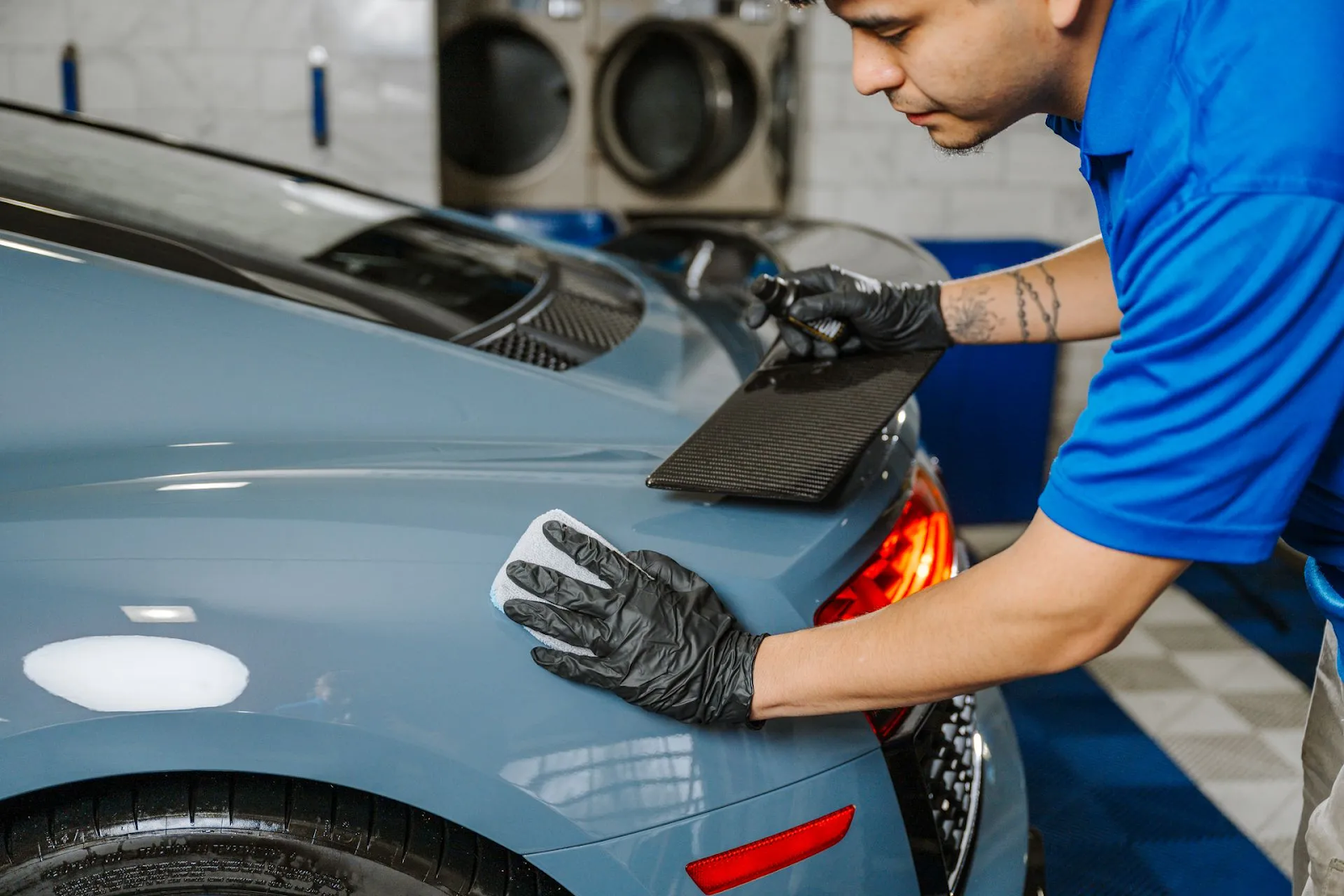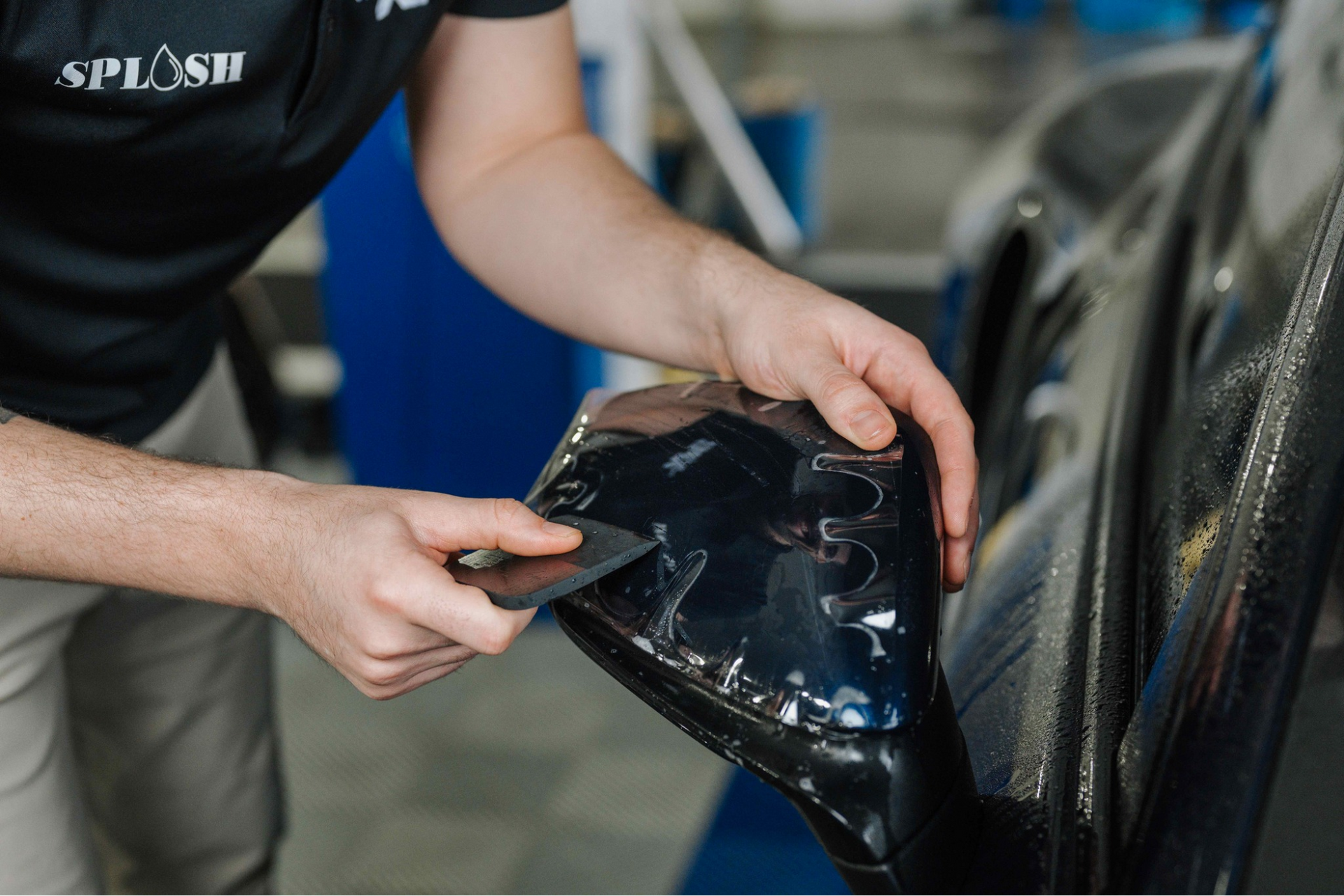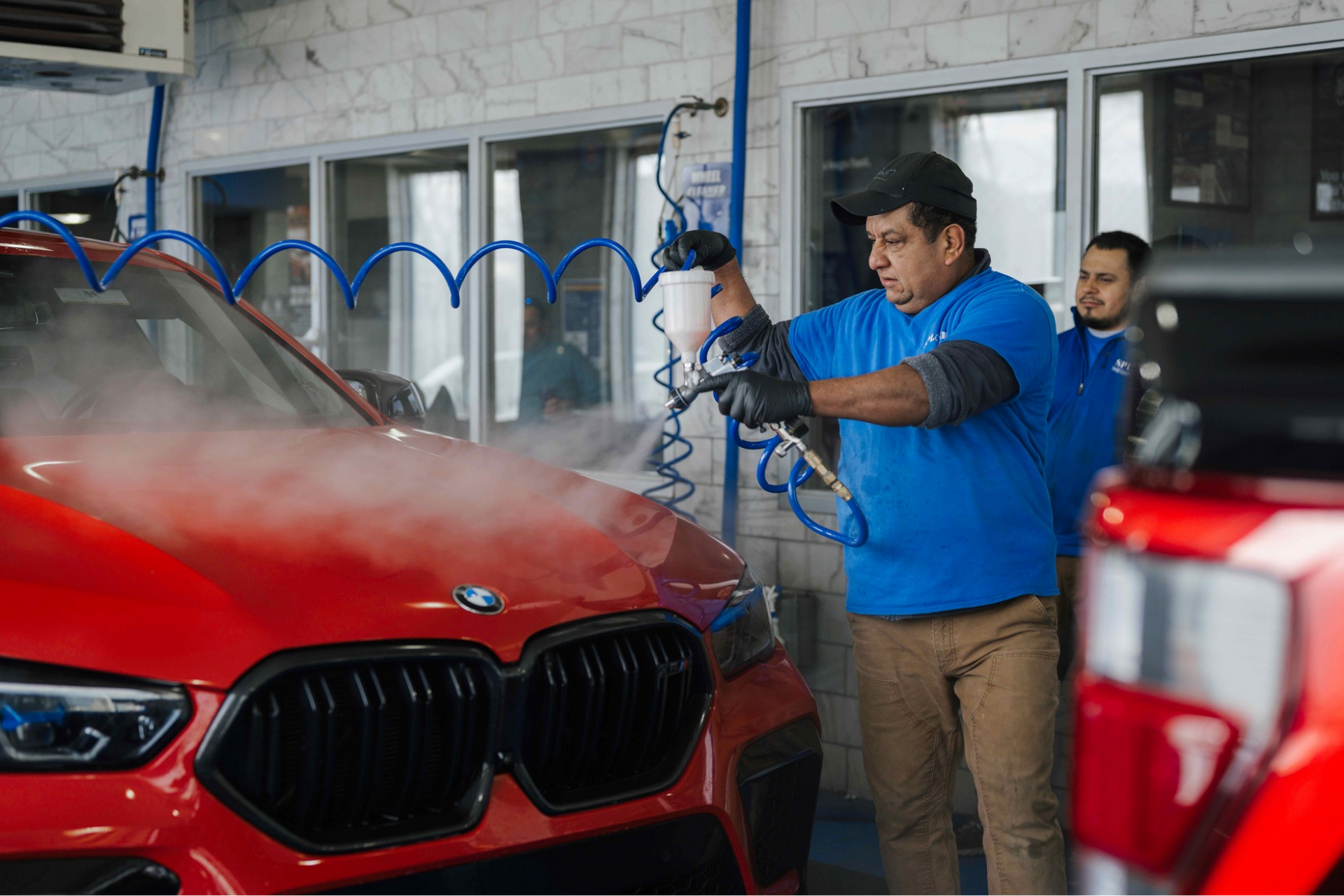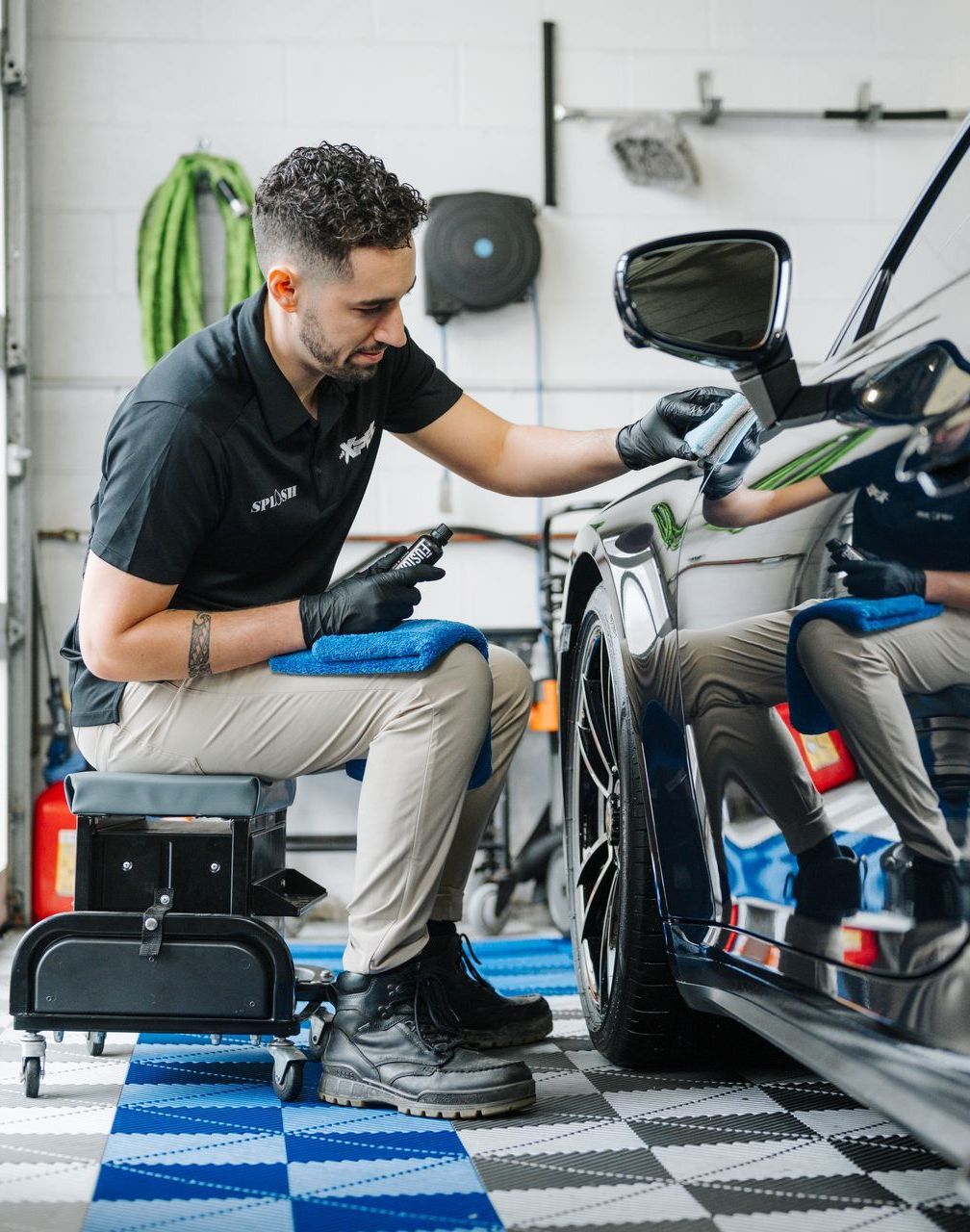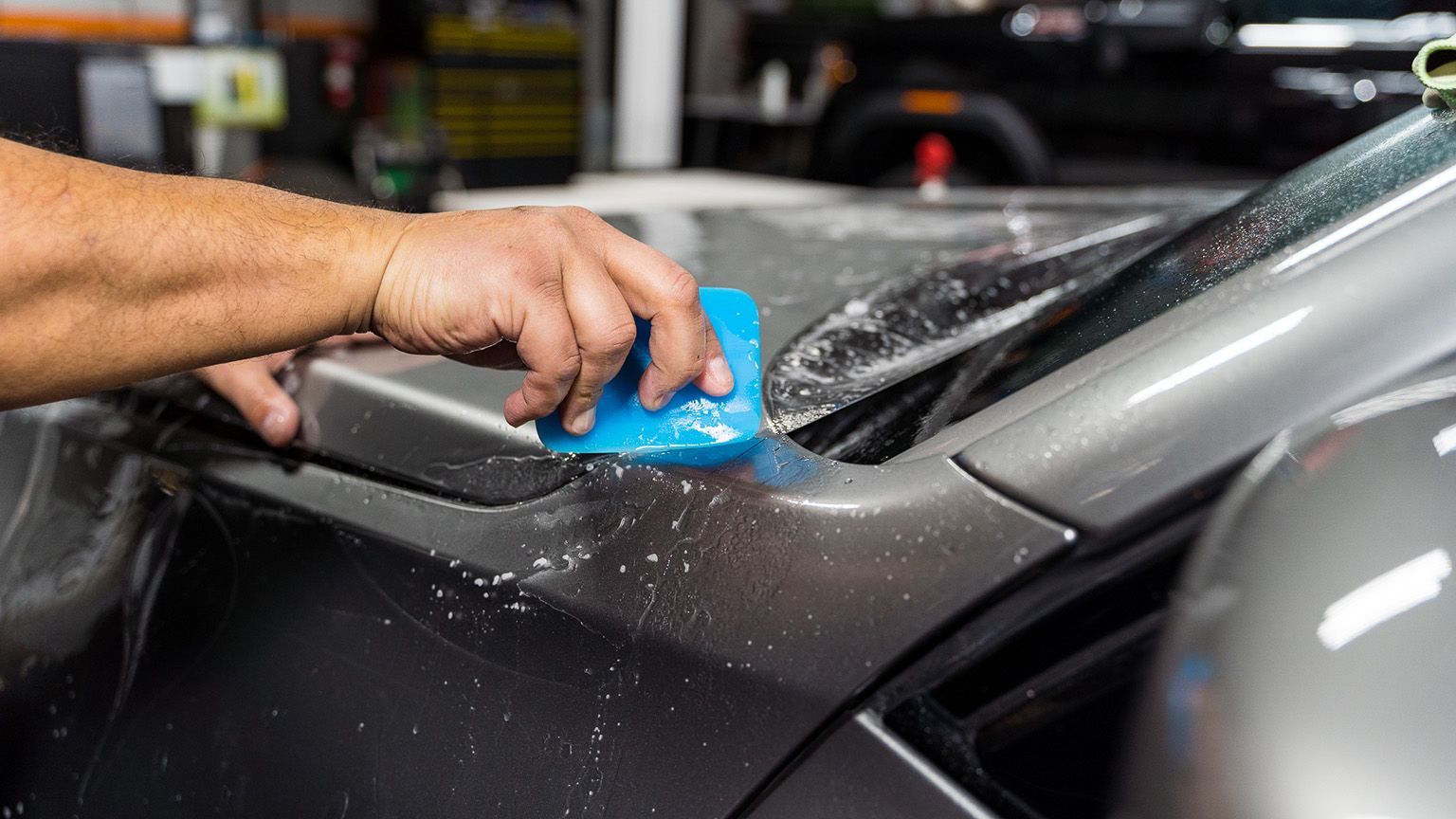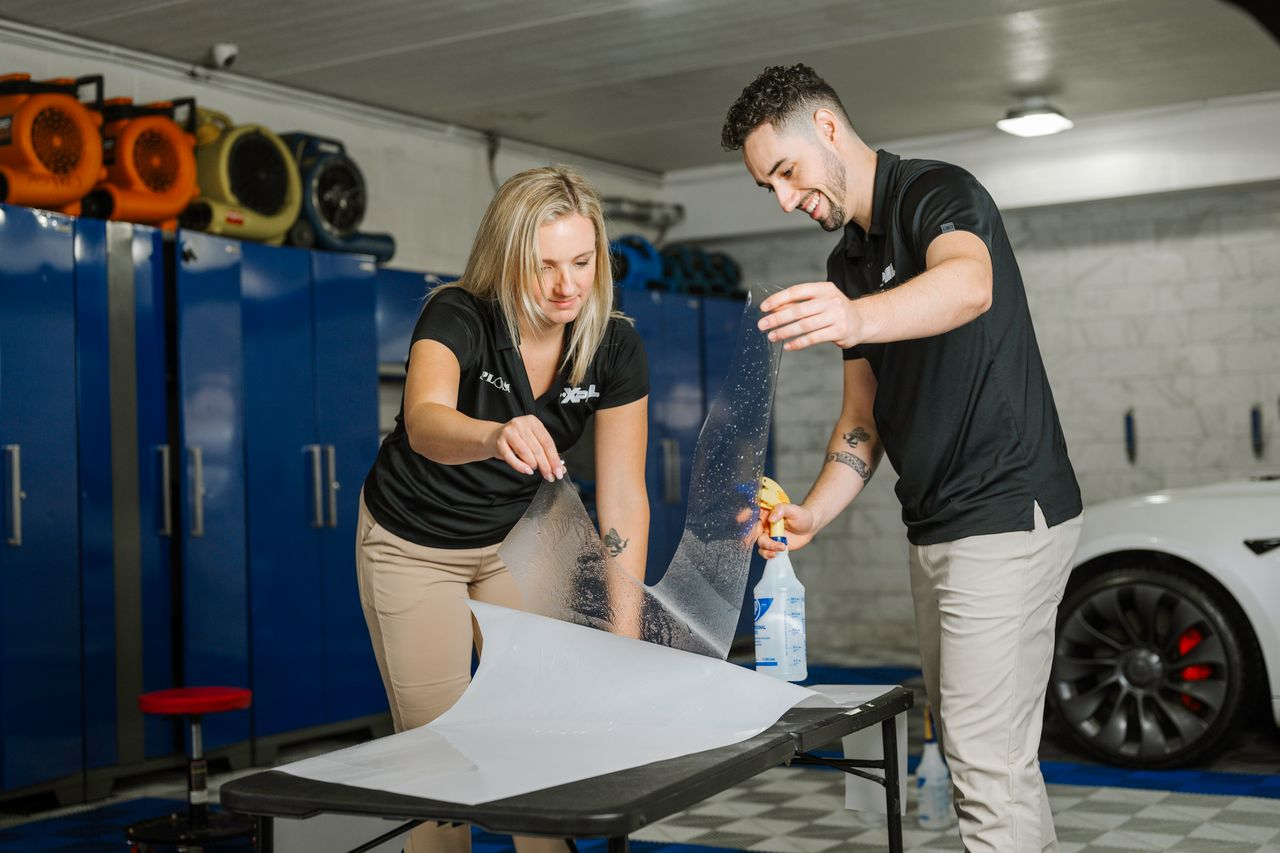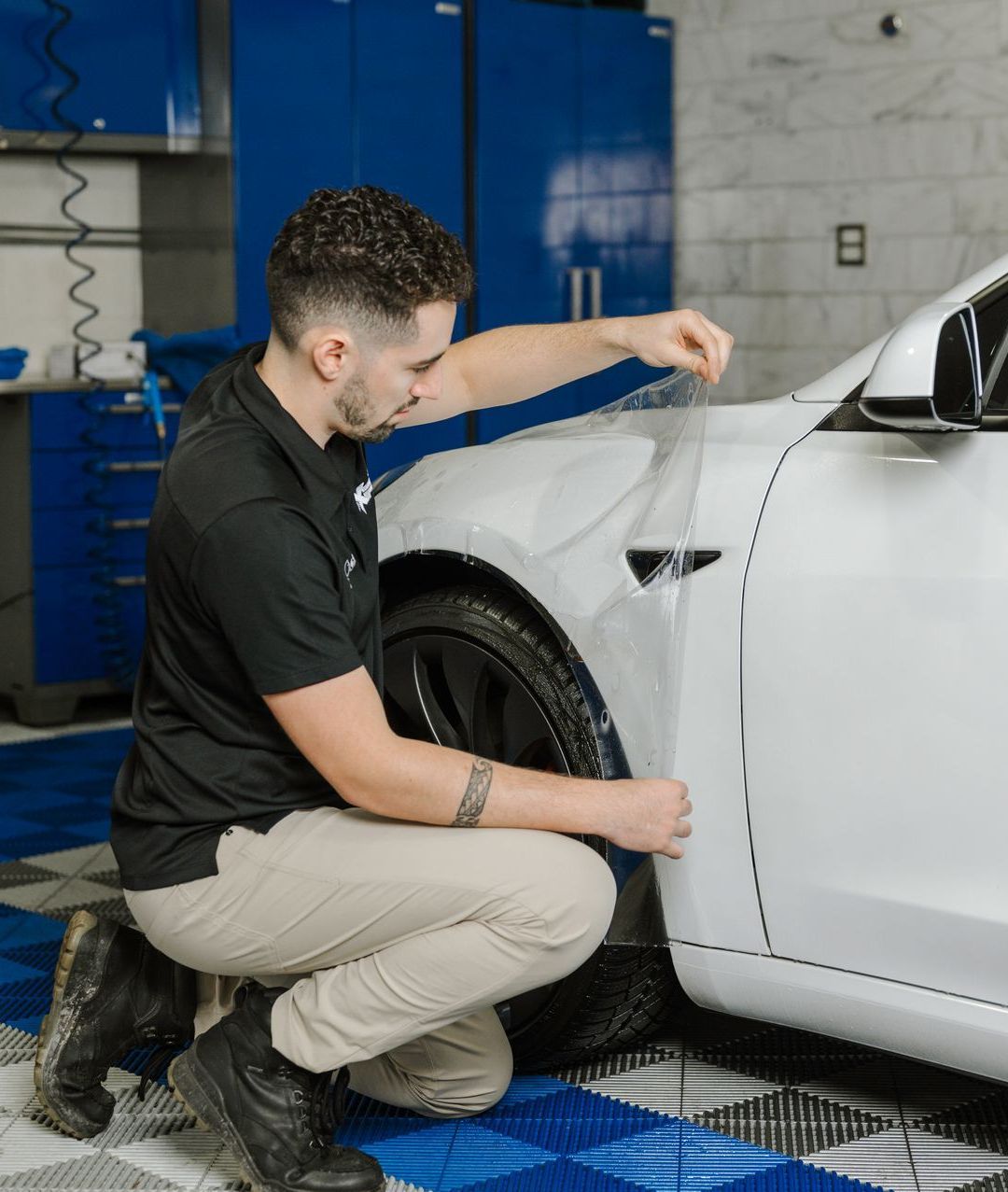Here's a question we get all the time at Splash Hand Car Wash and Detail: "Can I put ceramic coating on plastic trim and headlights?" The short answer is absolutely yes, and it's actually one of the smartest things you can do for your car's appearance and protection.
But here's the thing - not all plastic surfaces are created equal, and the prep work makes all the difference. We've seen people try to shortcut this process and end up with cloudy headlights or trim that looks worse than when they started. That's why understanding the proper approach matters so much.
Your car's plastic components take a beating from UV rays, road chemicals, and everyday wear. Headlights get sandblasted by road debris, while trim pieces fade from sun exposure. Ceramic coating on plastic trim and headlights can solve these problems, but only when done right.
Why Plastic Surfaces Need Special Attention
Plastic behaves differently from paint when it comes to ceramic coatings. Paint has a relatively smooth surface that's designed to accept coatings. Plastic trim and headlight lenses? They're often textured, oxidized, or have manufacturing residues that create bonding challenges.
Most factory plastic trim has a protective coating that degrades over time. This creates an uneven surface that won't accept ceramic coating properly without preparation. Headlights face similar issues, plus they accumulate microscopic scratches and UV damage that clouds the lens.
The good news is that ceramic coating on plastic trim actually works better than traditional plastic restorers once properly applied. Instead of a temporary shine that washes away, you get long-lasting protection that keeps working for years.

Benefits of Ceramic Coating for Plastic Components
UV Protection That Actually Lasts
Regular plastic protectants might last a few weeks if you're lucky. Ceramic coatings create a permanent barrier that blocks UV rays for years. This prevents that awful gray fading that makes your car look older than it is.
We had a customer with a black pickup truck whose plastic bed liner and trim had turned completely gray after two years. After proper prep and ceramic coating on plastic trim, those pieces looked factory-fresh again and stayed that way.
Easier Cleaning and Maintenance
Coated plastic surfaces repel dirt, road grime, and water spots. Instead of scrubbing away at stubborn stains, most contamination rinses right off. This is especially helpful for lower trim pieces that catch road spray.
Enhanced Appearance and Clarity
For headlights, ceramic coating creates optical clarity that makes your lights look brand new. The coating fills in microscopic scratches and creates a perfectly smooth surface for light transmission. Your headlights actually work better, not just look better.
Headlight Preparation: The Critical First Step
You can't just spray ceramic coating on cloudy headlights and expect magic. Proper headlight restoration comes first, and this process requires specific steps.
Sanding and Polishing Process
Headlight restoration starts with wet sanding to remove the damaged outer layer. We typically start with 1000-grit sandpaper and work up to 3000-grit for the smoothest finish. Each step removes scratches from the previous grit while preparing for the next.
After sanding, the polishing compound removes the fine scratches and restores optical clarity. This step determines how clear your headlights will look after coating. Skip it or rush it, and you'll see every imperfection magnified under the ceramic coating.
Cleaning and Decontamination
Before any ceramic coating on plastic trim or headlights, thorough cleaning removes oils, waxes, and manufacturing residues. We use specialized plastic cleaners that won't damage the surface but remove everything that could prevent proper bonding.
Isopropyl alcohol wipes down everything as the final cleaning step. Any contamination left behind creates weak spots where the coating might fail later.
Plastic Trim Preparation Methods
Different types of plastic trim require different approaches. Smooth, painted plastic trim needs less aggressive prep than textured black plastic.
Faded Trim Restoration
Severely faded trim often needs light abrasion to remove the damaged surface layer. Fine polishing pads with plastic polish can restore the original color and texture. This creates a uniform surface for ceramic coating adhesion.
Some trim pieces benefit from heat treatment using a heat gun to restore oils and flexibility before coating. This prevents the coating from cracking as the plastic expands and contracts.
Textured Surface Challenges
Textured plastic surfaces hold onto dirt and cleaning products more stubbornly. These areas need extra attention during cleaning, and sometimes require specialized brushes to reach into the texture valleys.
The coating application technique also changes for textured surfaces. Instead of smooth, even strokes, you need to work the product into the texture to ensure complete coverage.
Application Techniques for Different Plastic Types
Ceramic coating on plastic trim requires different approaches depending on the specific type of plastic and its condition.
Smooth Plastic Surfaces
Smooth trim pieces like door handles and mirror housings can be applied similarly to paint. Small amounts of coating are spread evenly with microfiber applicators. The key is thin, even layers that cure properly.
Porous and Textured Plastics
Textured surfaces absorb more coating product, so coverage calculations change. You might need 50% more product for textured trim compared to smooth surfaces. Work in smaller sections to maintain proper cure timing.
Headlight Application Process
Headlights need extremely thin coating layers to maintain optical clarity. Too much product creates thickness that can affect light output or create distortion. We apply in very thin layers, sometimes using heat lamps to help cure.
Special Products for Plastic Applications
Not every ceramic coating works well on plastic. Some formulations designed for paint don't bond properly with plastic surfaces or create poor optical clarity on headlights.
Plastic-Specific Ceramic Coatings
Specialized plastic ceramic coatings have modified chemistry that bonds better with polymer surfaces. These products often have different cure times and application requirements compared to paint coatings.
Multi-Surface Coatings
Some high-end ceramic coatings work well on both paint and plastic when applied correctly. These products offer convenience but still require proper surface preparation for each material type.
Common Mistakes to Avoid
The biggest mistake people make with ceramic coating on plastic trim is skipping preparation steps. You can't coat over faded, dirty, or damaged plastic and expect good results.
Another common error is using too much product. Plastic surfaces need thin coatings, and excess product creates thick spots that cure unevenly or remain tacky.
Temperature matters too. Coating plastic in direct sunlight or extreme temperatures affects cure rates and final appearance. Ideal conditions are 60-75 degrees in shade.
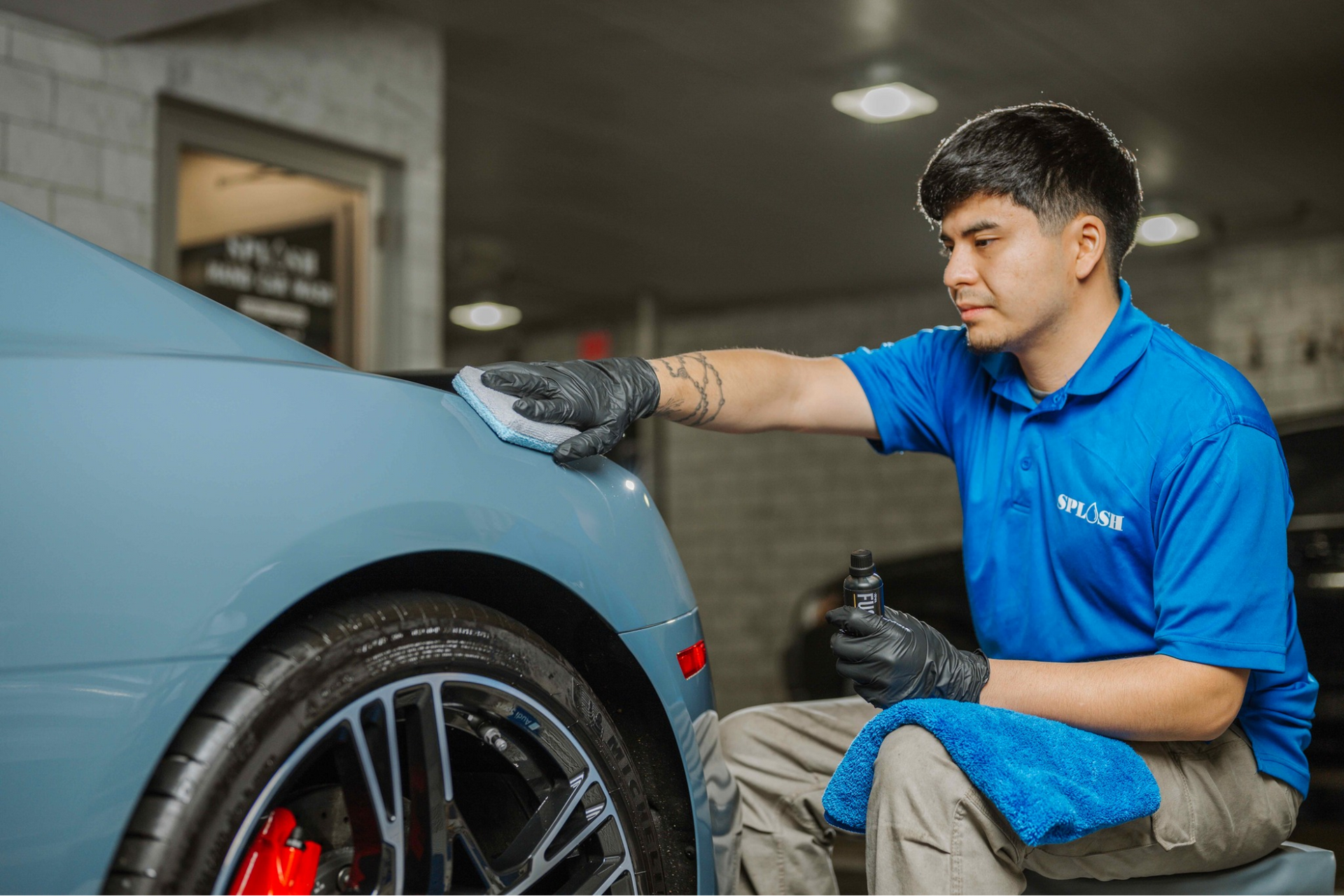
Long-Term Results and Expectations
Properly applied ceramic coating on plastic trim should last 2-4 years, depending on environmental conditions. Headlight coatings might need renewal slightly sooner due to the impact of road debris, but the protection they provide makes this worthwhile.
The coating won't prevent all damage, but it dramatically slows down degradation processes. UV fading happens much more slowly, and cleaning becomes significantly easier.
Frequently Asked Questions
Does ceramic coating work on all types of plastic trim?
Yes, ceramic coating works on most automotive plastics, including textured trim, smooth door handles, and headlight lenses. However, each type requires specific preparation methods. Severely damaged or cracked plastic might need restoration or replacement before coating application.
How long does ceramic coating last on headlights?
Ceramic coating on headlights typically lasts 2-3 years with proper maintenance. Road debris and environmental factors affect longevity, but the coating provides excellent protection against UV damage and maintains clarity much longer than unprotected lenses.
Can I apply ceramic coating over existing plastic restorer products?
No, existing plastic restorers must be completely removed before ceramic coating application. These products prevent proper bonding and will cause coating failure. Thorough cleaning and decontamination remove all previous treatments for optimal results.
Will ceramic coating make my faded trim look new again?
Ceramic coating enhances and protects your trim's current condition, but won't reverse existing fade damage. Severely faded trim needs restoration first - polishing, heat treatment, or refinishing - before coating application for optimal appearance.
Keep Your Trim and Headlights Looking Like New With Ceramic Coating
Ceramic coating on plastic trim and headlights is highly effective, but success depends entirely on proper preparation and application techniques. When done correctly, you get years of protection, easier maintenance, and a restored appearance that keeps your car looking newer longer.
The investment in proper preparation pays off with results that last. Instead of repeatedly applying temporary plastic protectants or dealing with cloudy headlights, ceramic coating provides a permanent solution that actually improves over time.
Ready to give your car's plastic components the protection they deserve? At Splash Hand Car Wash and Detail, our experienced team knows exactly how to prep and coat every type of plastic surface for optimal results and longevity.
Contact us today to learn more about our ceramic coating services. Let's restore and protect your car's plastic trim and headlights the right way.

